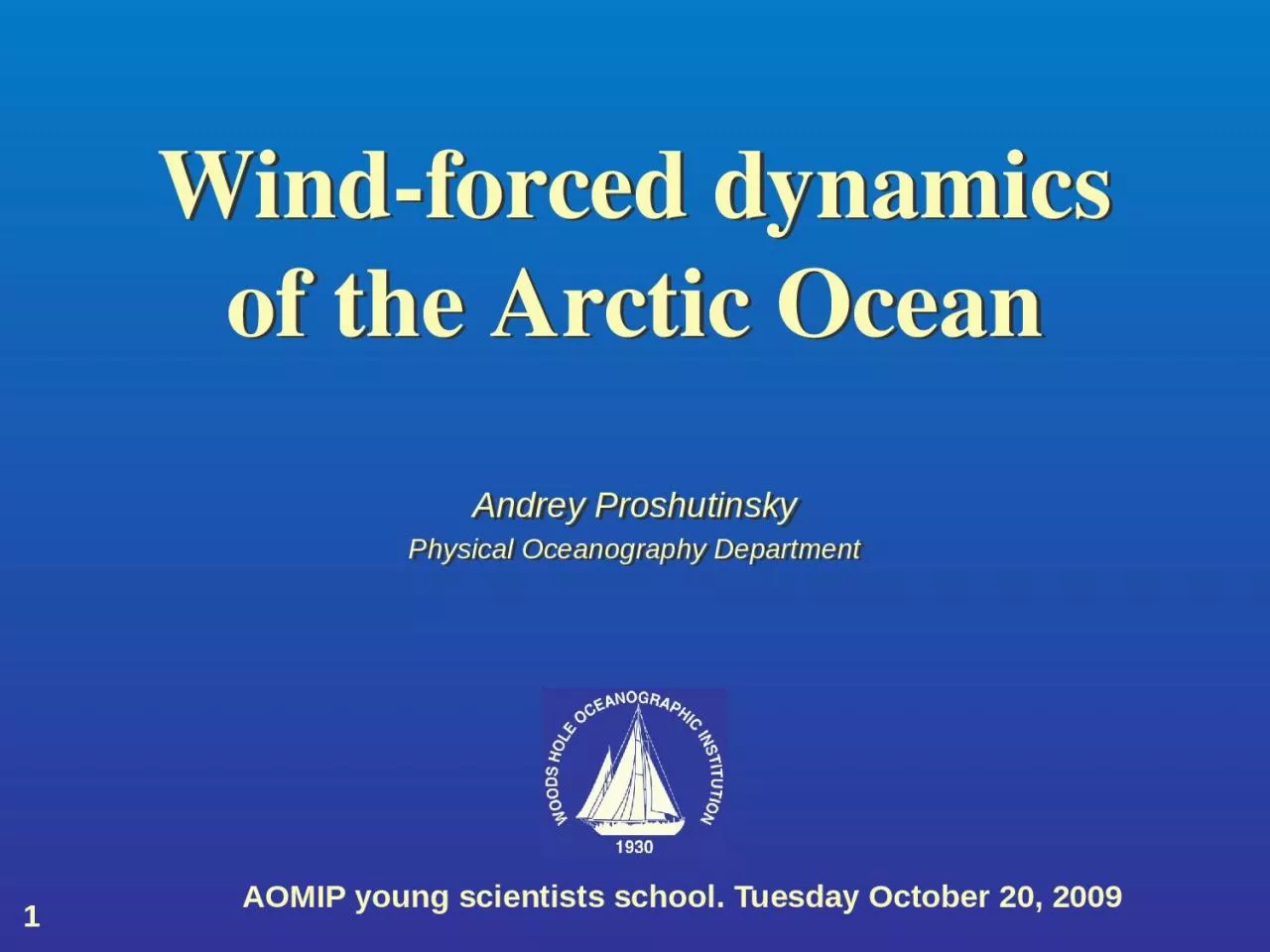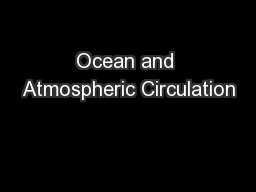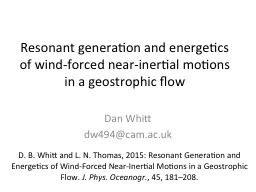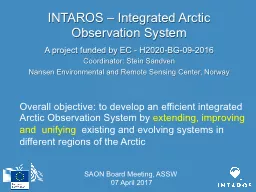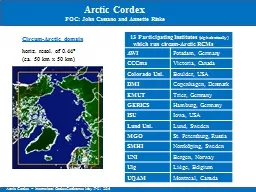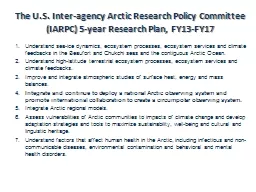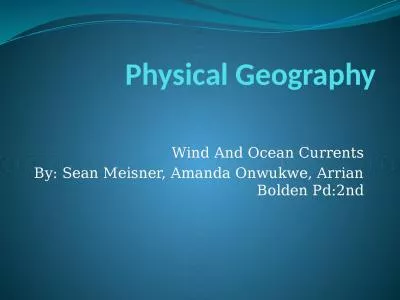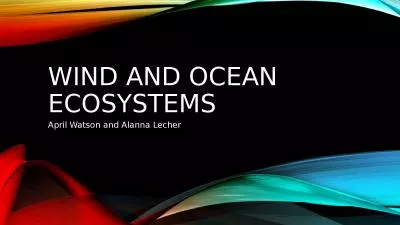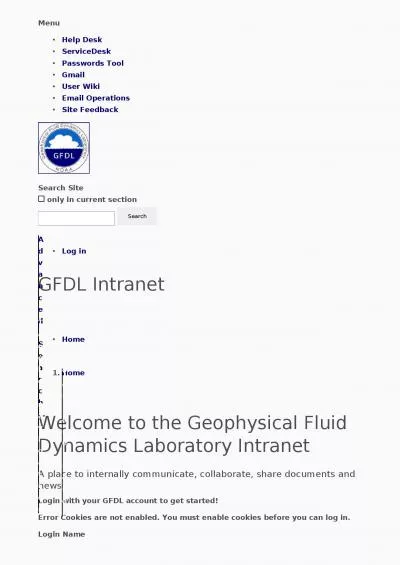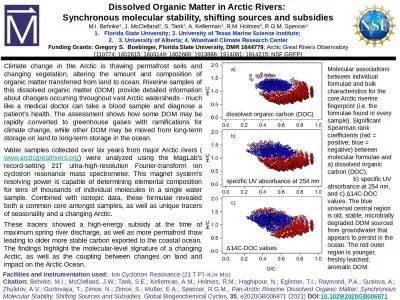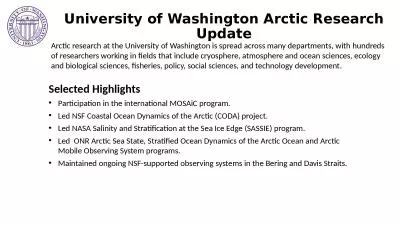PPT-Wind-forced dynamics of the Arctic Ocean
Author : joanne | Published Date : 2024-01-13
Andrey Proshutinsky Physical Oceanography Department AOMIP young scientists school Tuesday October 20 2009 1 Major themes Wind blows ice goes synoptic scales of
Presentation Embed Code
Download Presentation
Download Presentation The PPT/PDF document "Wind-forced dynamics of the Arctic Ocean" is the property of its rightful owner. Permission is granted to download and print the materials on this website for personal, non-commercial use only, and to display it on your personal computer provided you do not modify the materials and that you retain all copyright notices contained in the materials. By downloading content from our website, you accept the terms of this agreement.
Wind-forced dynamics of the Arctic Ocean: Transcript
Download Rules Of Document
"Wind-forced dynamics of the Arctic Ocean"The content belongs to its owner. You may download and print it for personal use, without modification, and keep all copyright notices. By downloading, you agree to these terms.
Related Documents

